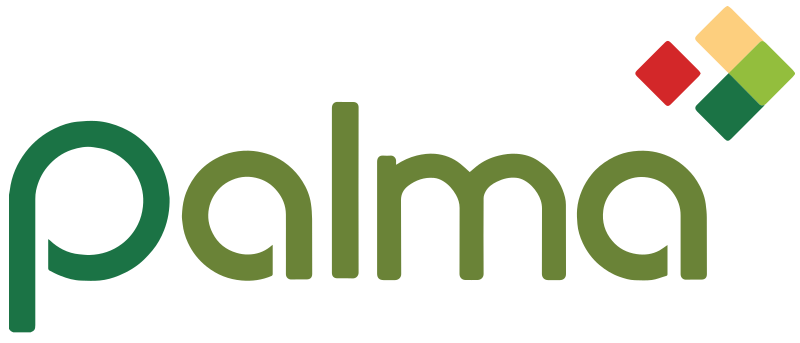As we approach the last few months of the calendar year, it’s time to start thinking about ways to reduce your small business taxes.
Deferring income and accelerating deductions to minimize taxes—the standard year-end approach—will likely give your business the best results.
It also applies to bunching deductible expenses into this year and minimizing their tax value.
That said, those expecting to be in a higher tax bracket may get better results with an opposite strategy—for example, pulling income into the current year to be taxed at lower rates while deferring deductible expenses until next year to offset higher-taxed income.
Some additional ideas include:
QBI deduction
The qualified business income deduction (QBI) is a tax deduction that allows eligible self-employed and small-business owners to deduct up to 20% of their qualified business income on their taxes.
If taxable income is higher than $340,100 for married couples filing jointly, or half that amount for others, the deduction may be limited (and phased in) based on:
- Whether the taxpayer is involved in a service-type business such as law, health, or consulting
- The amount of W-2 wages paid by the business
- The unadjusted basis of qualified property held by the business, such as machinery and equipment
By deferring income, accelerating deductions to keep income under the thresholds, or increasing W-2 wages before the end of the year, taxpayers may be able to keep some or all of the QBI deduction.
Accrual Cash vs. accrual accounting:
Taxpayers must satisfy a gross receipts test to qualify as a small business. For 2022, this means that average annual gross receipts can’t exceed $27 million during a three-year testing period—not that long ago, that amount was only $5 million.
Compared to previous years, more small businesses can now use the cash accounting method for federal tax purposes rather than accrual accounting. For the cash method, taxpayers may find it easier to defer income by holding off billings until next year, paying bills early, or making select prepayments.
Section 179 deduction
As a small business taxpayer, consider making expenditures that qualify for the Section 179 expensing option. Expensing is typically available for depreciable property—other than buildings—including equipment, off-the-shelf computer software, interior building improvements, HVAC, and security systems.
For 2022, the expensing limit is $1.08 million, with an investment ceiling of $2.7 million. Many small and medium-sized businesses will be able to deduct most or all of their expenditures for machinery and equipment—and that deduction isn’t prorated for the time an asset is in service. If you place the eligible property in service by the end of 2022, you can claim a full deduction for the year.
Bonus depreciation:
If qualified improvement property, machinery, and equipment are purchased and placed in service this year, businesses can generally claim a 100% bonus first-year depreciation deduction.
As with the Section 179 deduction, this complete write-off is an option regardless of how long those qualifying assets are in service in 2022.
You only have a few months to develop and implement a year-end tax plan.
Let’s meet to identify the best tax-saving strategies for your business.


